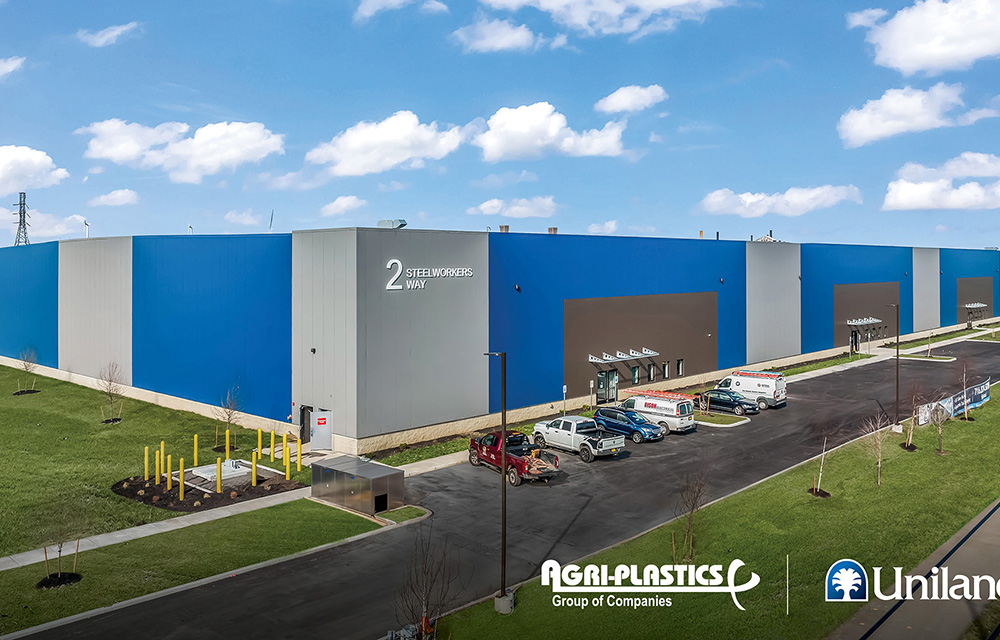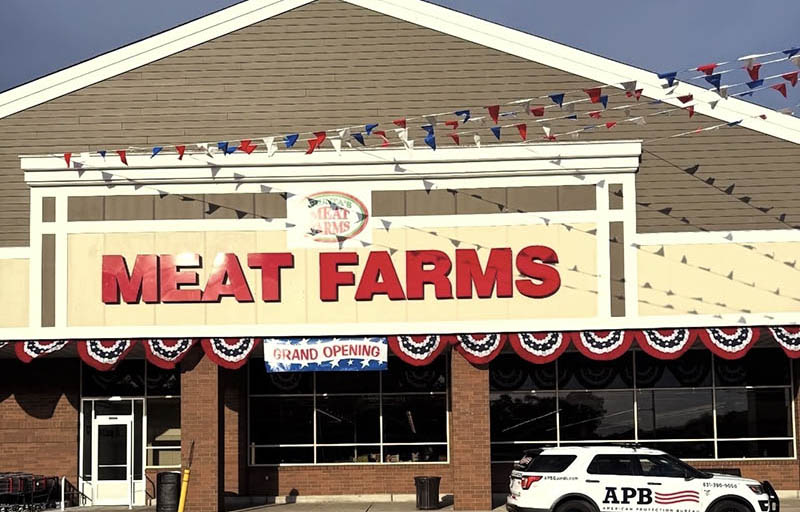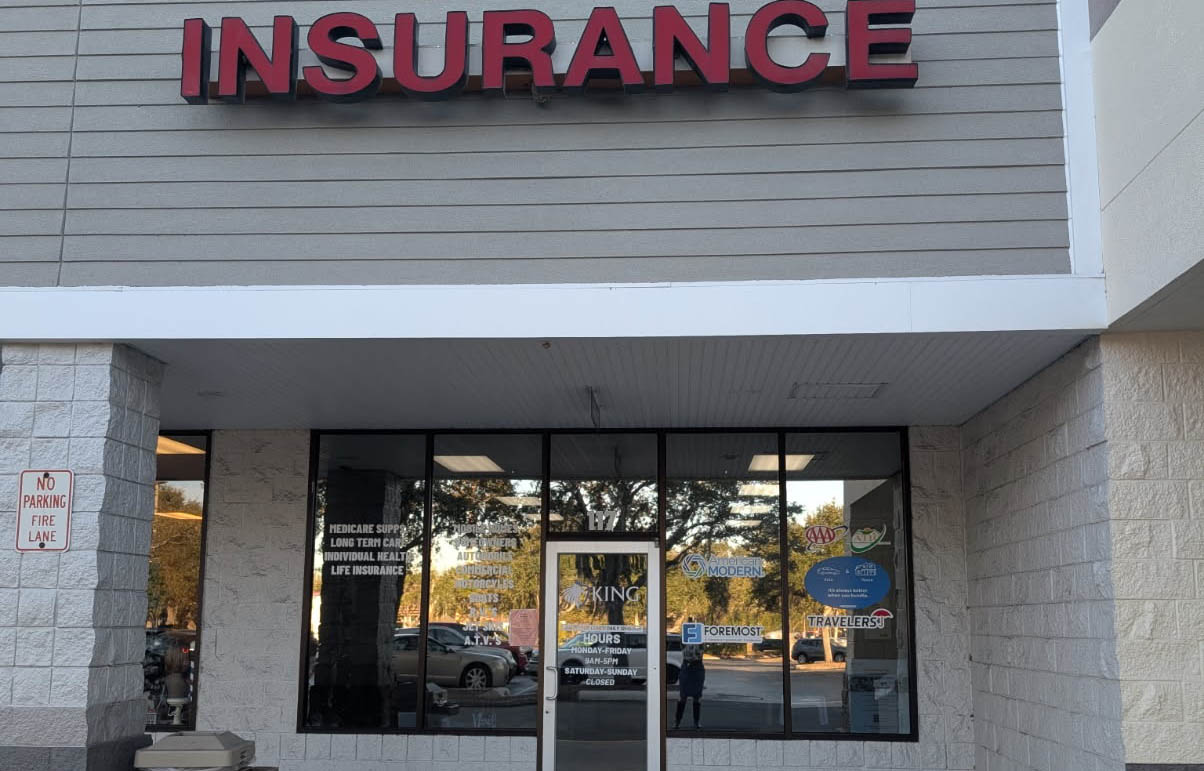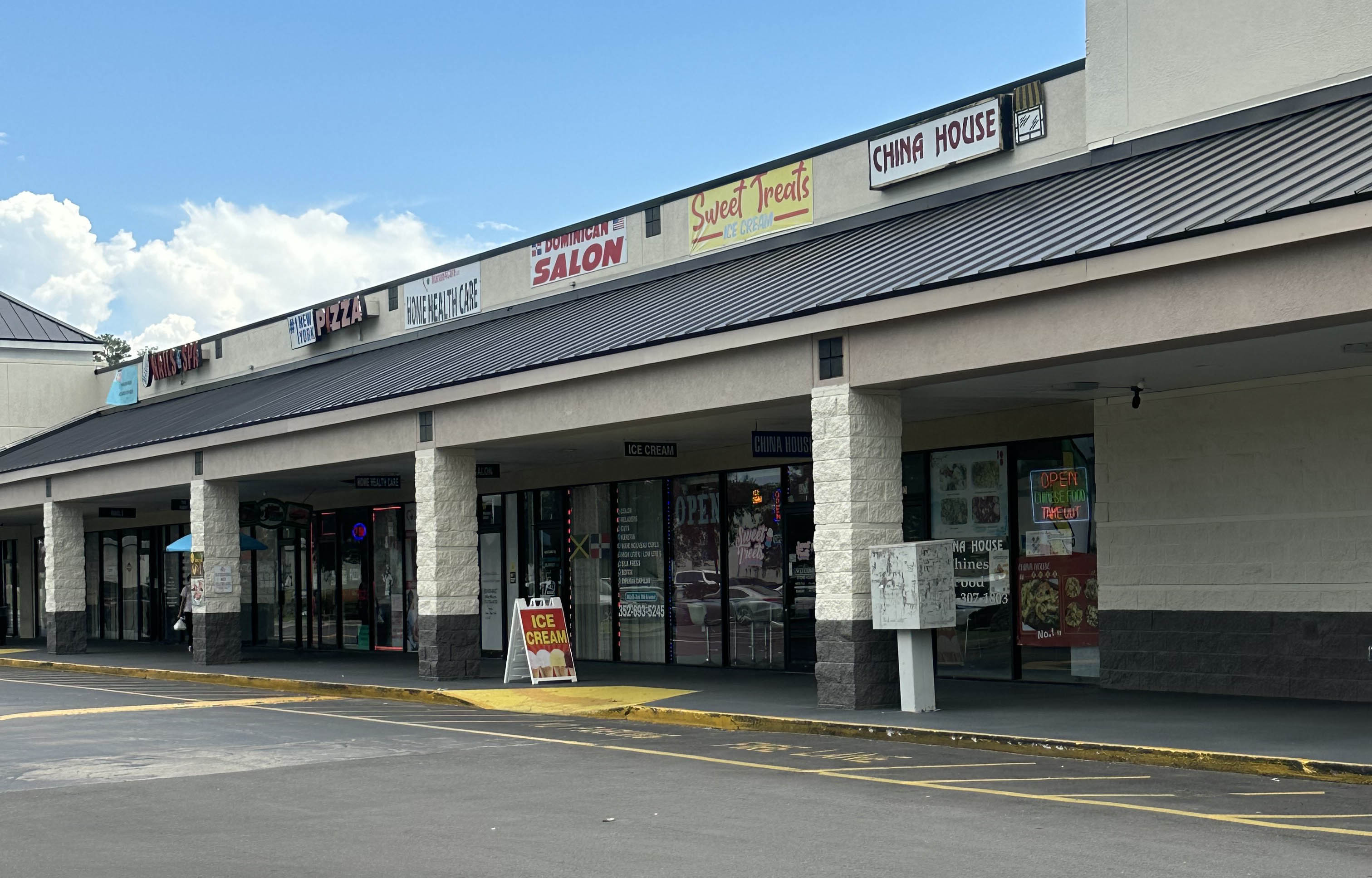What’s happening in the NYC metro industrial market? - by Jakub Nowak

Industrial real estate has been the undisputed market darling over the last few years. Though it remains one of the best performing and most sought-after asset classes, rising interest rates and economic jitters have slowed down what was once a white-hot sector. Although the number of transactions trailed off by only 30% in the second half of 2022, dollar volume plummeted by over 70%. While Q1 2023 is not yet finished, it’s clear that the bid-ask spread between buyers and sellers needs to narrow for transaction volumes to normalize. In the meantime, I thought it worthwhile to discuss the industrial market’s trends and undercurrents as we see them based on our team’s daily conversations with NYC’s investors and owners active in this sector.
Rising interest rates have had a profound effect on investment cashflows and affordability significantly re-shuffling the pool of active buyers. The higher cost of debt has sidelined undercapitalized buyers unable to inject enough equity into deals to maintain tolerable returns on investment. In addition, mid-sized and smaller businesses, acting as owner-occupiers, who represented a large portion of the buyer pool over the last few years, have been priced out of the market as many are unable to service the rising rates of high leverage SBA financing.
While there still are many well-capitalized buyers (including equity funds, institutions, private investors and larger owners-users) aggressively seeking acquisitions opportunities, the market’s risk tolerance has dropped and strong fundamentals are a must for an asset to be considered marketable as buyers increasingly put emphasis on asset quality. Buyers are seeking cash flowing properties with strong tenancy or properties in superior locations and the ability to attract credit tenants. To be in demand, today’s industrial acquisitions targets must be located near major truck-routes, feature multiple loading bays, offer easy off-street loading and unloading, have high ceilings, and offer ample off-street parking. Demand for sub-standard industrial properties in tertiary markets slowed substantially. Especially challenged are older multi-story properties serviced by freight elevators or those with sub-par ceiling heights. Tenant demand for less functional upper floors has been lackluster and some buyers are discounting upper floor square footage completely.
So as to hedge against inflation and further interest rate increases, many investors are now favoring shorter term leases betting that industrial rent growth will continue. We are also seeing many institutions try to lower investment risk by reducing their average deal size. Where a few years back most institutions followed a mandate to maximize their check-size on each acquisition, today many are willing to spread their bets across more smaller deals instead. Finally, commercial land purchases for new industrial development are still a large part of the market, however developers are shying away from engaging in new multi-story warehouse development. Instead, most are reverting to building less speculative single-story logistics and distribution facilities.
Two areas that have emerged as bright spots are industrial outdoor storage (IOS) deals and sale-leaseback transactions. For businesses owning their own warehouse, freeing up working capital through a disposition and becoming a tenant by way of a sale-leaseback transaction has become increasingly attractive as rising interest rates drove up the cost of corporate bonds and commercial loans as compared to the cost of renting. Also, owner-occupiers winding down or wanting to sell their business but looking to capitalize on the value of their real estate today have been taking advantage of short-term sale-leasebacks, oftentimes at below market rents, as well-capitalized investors are willing to accept a lower yield short term to capitalize on future rental upside. This type of structure has made it possible for these businesses to bifurcate their core business away from their real estate holdings and in many cases sell at a premium relative to what would have been possible had they kept both entities together as part of the same transaction.
Due to their crucial position in supporting last-mile distributions, IOS properties have become a highly sought-after subset of the larger industrial sector. Tenant demand for IOS has increased significantly as a result of supply chain disruptions and changing customer expectations that have forced businesses to focus on last-mile distribution. Compatible properties in land-constrained NYC and its surrounding areas in particular have benefitted due to surging demand for IOS facilities close to transportation nodes supplementing storage capacity for logistical operations in and around the city’s urban core.
As the commercial real industry digests the potential consequences from regulators takeover of SVB and Signature Bank, we believe that the industrial sector will continue to be a bright spot on the market supported by strong fundamentals in times of uncertainty, but that investors will remain careful and selective with their acquisitions.
Jakub Nowak is a senior managing director of investments and team lead at the Nowak Group of Marcus & Millichap, Brooklyn, N.Y.
Hanna Commercial Real Estate brokers Agri-Plastics 64,000 s/f manufacturing facility lease at Uniland’s 2 Steelworkers Way


Lasting effects of eminent domain on commercial development - by Sebastian Jablonski

Behind the post: Why reels, stories, and shorts work for CRE (and how to use them) - by Kimberly Zar Bloorian

Strategic pause - by Shallini Mehra and Chirag Doshi









.jpg)
.gif)
.gif)